In Hinduism, rituals like puja and havan (yajna) are considered sacred acts of offering and communion with the divine. These Vedic ceremonies are not merely symbolic; they follow precise scriptural guidelines and involve specific roles. One such key role is that of the Yajamana, the householder or individual who sponsors, initiates, and bears the responsibility for the ritual.
The term Yajamana comes from the Sanskrit root “Yaj”, which means to worship or offer sacrifice. Traditionally, the Yajamana is a grihastha (householder) who performs the sacrifice or puja through the guidance of a purohit (priest). While the priest conducts the actual rituals and recitations, it is the Yajamana who receives the spiritual merit (punya) of the ceremony.
In Vedic tradition, the Yajamana is not merely a passive participant. He is considered the master of the yajna, the one who makes the sankalpa (spiritual intention), provides dakshina to the priest, and plays an active role along with his wife in fulfilling the religious duties. Scriptures like the Puranas, Itihasas, and Dharmashastras emphasize the significance of the Yajamana, sometimes even describing him as merging with the deity being worshipped.
This article explores the meaning, responsibilities, eligibility, and spiritual importance of the Yajamana in various Hindu rituals, including their role in modern practice.
Yajamana Meaning
The word Yajamana is derived from the Sanskrit root “Yaj”, which means to worship, to sacrifice, or to perform a sacred offering. Etymologically, a Yajamana is someone who performs or sponsors a yajna (sacrifice) or puja (worship). In ancient times, this title referred to the head of a family or tribe who not only performed religious rituals but also bore the entire financial and ritual responsibility of the event.
In practical terms, the Yajamana is:
- The initiator of the puja or yajna
- The one who takes the sankalpa (spiritual resolve)
- The recipient of the ritual’s fruits (phala)
- The person who offers dakshina (ritual offering or fee) to the priest conducting the ceremony
Scriptures such as the Puranas, Itihasas, and Dharmashastras make numerous references to the Yajamana. For instance, the Apastamba-Yajna-Paribhasha-Sutras refer to the Yajamana in relation to mantras recited during sacrifice, signifying his active and central presence. While the priest may conduct the sacrificial fire or puja rituals, it is the Yajamana's intent and devotion that fuels the ritual’s spiritual value.
In essence, the Yajamana is not just a sponsor. He is the spiritual backbone of the ceremony, through whom the offering is made to the divine.
Role of the Yajamana in Vedic and Hindu Rituals
In the Vedic and Hindu ritual framework, the Yajamana plays a central, irreplaceable role. He is not just a witness to the ceremony but its primary karta—the doer and benefactor of the karma being performed. The presence of the Yajamana gives the ritual its direction, purpose, and fruit (phala).
- Initiator and Patron of the Ritual
Every Vedic ritual begins with the Sankalpa. A formal declaration of intent. It is the Yajamana who takes this sankalpa, announcing the purpose of the puja or havan, whether it is for peace (shanti), prosperity (aishwarya), health (aarogya), or liberation (moksha). Without this sankalpa, the ritual has no anchor.
- Spiritual Representative
The Yajamana is regarded as the earthly representative of the offering. Even though the priest performs the chanting and ritual actions, they do so on behalf of the Yajamana, who is spiritually considered to be offering everything into the sacred fire (Agni), the mouth of the gods.
- Accompanied by the Wife in Grihastha Dharma
In traditional practice, especially in Vedic yajnas, the Yajamana is often accompanied by his wife. Together, they represent the Grihastha (householder) stage of life, where dharma is upheld through family and ritual duties. The couple’s combined presence ensures that both masculine and feminine energies are balanced during the ceremony, invoking the full blessings of the deities.
- Receives the Ritual Merits
While priests are facilitators, the spiritual benefits of the puja or yajna are transferred to the Yajamana. This includes blessings from deities, karmic cleansing, and fulfillment of desires as per the intention declared during sankalpa.
- Provider of Dakshina
After the conclusion of the ritual, it is the Yajamana’s duty to offer dakshina. A token of gratitude and honour to the priest. According to dharmic law, the yajna remains incomplete without dakshina, and only after giving it does the Yajamana fully receive the fruit of the ritual.
Responsibilities of the Yajamana in Puja and Havan
While the priest (purohit) conducts the ritual procedures, the Yajamana’s role carries sacred responsibilities that uphold the integrity and purpose of the ceremony. These duties are not about ritual performance alone, they reflect the Yajamana’s commitment to dharma and devotion.
- Ensuring Ritual Arrangement and Authenticity
The Yajamana is responsible for organizing all necessary ritual materials (samagri), selecting a qualified purohit, choosing the right muhurta (auspicious time), and ensuring that the ceremony adheres to scriptural guidelines. He ensures the ritual is done properly for its intended purpose, whether it’s a Satyanarayan Puja, Rudrabhishek, Grihapravesh, or Pitru Shanti.
- Upholding Bhava (Spiritual Attitude)
A yajna or puja performed without shraddha (faith) and bhava (reverent feeling) is considered incomplete. The Yajamana must carry the right inner attitude throughout the ritual, humility, surrender, and spiritual focus.
- Remaining Present and Receptive
Even when not actively participating, the Yajamana must stay mentally and physically present, as the energy of the ritual flows through him. He must avoid distractions, engage in listening to mantras, and remain receptive to the vibrations of the ceremony.
- Maintaining Silence and Discipline During Ritual
In many traditions, Yajamanas are advised to observe mouna (silence) or speak only when instructed, to maintain the sanctity of the ritual space. This helps in internalizing the energy being invoked.
- Fulfilling Post-Ritual Commitments
If the ritual requires further actions, such as offering anna-daan (food donation), clothing, cow donation, feeding Brahmins, or charity. It is the Yajamana’s duty to fulfil them with sincerity, as these acts complete the cycle of karma and offering.
Difference Between Yajamana and Purohit
In Hindu rituals, both the Yajamana and the Purohit play crucial roles, each with distinct responsibilities and significance. Understanding their differences provides clarity on the structure and execution of Vedic ceremonies.
Yajamana (यजमान)
Role: The Yajamana is the patron or sponsor of the ritual. He initiates the ceremony, sets its purpose (sankalpa), and bears the responsibility for its successful completion.
Responsibilities:
Initiation
:
Declares the intent and purpose of the ritual.
Provision
:
Arranges all necessary materials and offerings.
Participation
:
Engages in specific ritual actions as guided by the Purohit.
Dakshina
:
Offers remuneration to the Purohit upon completion.
Spiritual Significance
:
The Yajamana is considered the primary beneficiary of the ritual's spiritual merits.
Purohit
Role: The Purohit is the priest or officiant who conducts the ritual on behalf of the Yajamana. He ensures that the ceremony adheres to scriptural guidelines and is performed correctly.
Responsibilities:
Preparation
:
Sets up the ritual space and materials.
Execution
:
Chants mantras, performs offerings, and guides the Yajamana through the ritual.
Guidance
:
Provides instructions and explanations to the Yajamana and attendees.
Spiritual Significance
:
The Purohit acts as a conduit between the Yajamana and the divine, facilitating the ritual's efficacy.
| Aspect | Yajamana | Purohit |
|---|---|---|
| Meaning | Patron or sponsor of the ritual | Priest or officiant conducting the ritual |
| Primary Role | Initiates and sponsors the ritual | Executes and guides the ritual |
| Responsibilities | Provides materials, sets intent, offers dakshina | Performs rituals, chants mantras, guides participants |
| Spiritual Benefit | Receives the ritual's spiritual merits | Facilitates the ritual for the Yajamana |
| Authority | Holds the purpose and intent of the ritual | Ensures correct performance of the ritual |
In essence, the Yajamana and Purohit collaborate to perform sacred rituals, with the Yajamana providing the intent and resources, and the Purohit ensuring the ritual's proper execution according to tradition.
Who Can Be a Yajamana?
In traditional Hindu rituals, the Yajamana is the individual who initiates and sponsors the ceremony, playing a pivotal role in its execution and spiritual significance. However, the eligibility to assume this role is guided by specific criteria rooted in scriptural injunctions and societal norms.
Traditional Eligibility Criteria
Married Householder (Grihastha): The Yajamana is typically a married individual, as the presence of the spouse is considered essential for certain rituals, symbolizing completeness and balance in the ceremony.
Initiation through Upanayana: Traditionally, the Yajamana is someone who has undergone the Upanayana ceremony, marking the commencement of Vedic studies and responsibilities. This initiation is predominantly observed among the Brahmin, Kshatriya, and Vaishya varnas.
Adherence to Dharma: The individual should lead a life aligned with dharma (righteousness), maintaining personal purity and commitment to spiritual practices.
Contemporary Perspectives
In modern times, the rigid boundaries of traditional eligibility have been re-evaluated:
Inclusivity Across Communities : Many contemporary practitioners emphasize the spiritual intent over caste or varna, allowing individuals from diverse backgrounds to assume the role of Yajamana, provided they approach the ritual with sincerity and devotion.
Women as Yajamanas: While traditionally male-dominated, there is a growing acceptance of women taking on the role of Yajamana, especially in ceremonies where their participation is deemed appropriate and meaningful.
Unmarried Individuals: Though marriage is traditionally emphasized, unmarried individuals committed to spiritual pursuits may also act as Yajamanas in certain contexts, reflecting a more inclusive approach to ritual participation.
In essence, while traditional guidelines provide a framework for who can be a Yajamana, contemporary practices often prioritize the individual's devotion, intent, and understanding of the ritual's significance.
Yajamana in Major Ceremonies
The role of the Yajamana is present across nearly every significant Vedic and Hindu samskara (life ceremony). In each ritual, the Yajamana assumes a slightly different function depending on the purpose of the event yet remains the spiritual anchor around whom the ritual is structured.
- Griha Pravesh (Housewarming Ceremony)
In this ceremony, the Yajamana, typically the homeowner, performs Sankalpa for peace, prosperity, and removal of vastu doshas before entering a new residence. Offerings are made into the fire to purify the space, and the Yajamana leads the family into the new home after ritual completion.
- Vivah Sanskar (Hindu Wedding)
The father of the bride often assumes the role of Yajamana during Kanyadaan and other offerings made in the wedding fire. In some traditions, the groom also becomes the Yajamana during Agni Pradakshina, making offerings for household dharma.
- Shraddha and Pitru Paksha Rituals
Here, the Yajamana performs offerings to the ancestors (Pitrs) seeking their blessings and liberation. This role is especially significant, as the Yajamana invokes lineage and karma purification through Tarpan, Pind Daan, and fire rituals.
- Shanti Yajnas (Navagraha, Rudra, Chandi)
In these rituals, individuals who are seeking relief from planetary afflictions or desiring spiritual upliftment become Yajamanas. The mantras chanted, ahutis offered, and the deity invoked are all centered around the Yajamana’s name and intention.
- Upanayana (Sacred Thread Ceremony)
The father or elder male guardian often performs the role of Yajamana during this samskara, initiating the child into Vedic study. The ritual includes homa, mantra recitation, and vows on behalf of the initiate.
- Homams in Temples or Group Ceremonies
In public or collective havans, multiple individuals may act as Yajamanas, each taking Sankalpa for their own family or purpose. In such cases, names and gotras of each are announced, and specific offerings are made on their behalf.
Participate as a Yajamana with Rudra Centre Puja Services
If you wish to take on the sacred role of Yajamana in your own puja or havan, Rudra Centre offers expertly organized Vedic rituals, performed precisely according to traditional scriptures. Whether you want to sponsor a Mahamrityunjaya Havan, Navagraha Shanti, Rudrabhishek, or a Pitru Tarpan, Rudra Centre’s team of qualified priests will guide you through each step with authentic sankalpa, proper mantra chanting, and complete ritual procedures.
Click on the link to explore Rudra Centre’s online puja services and experience the joy and spiritual merit of becoming a Yajamana, upholding the dharmic tradition with devotion and correctness.


-in-Astrology.jpg)
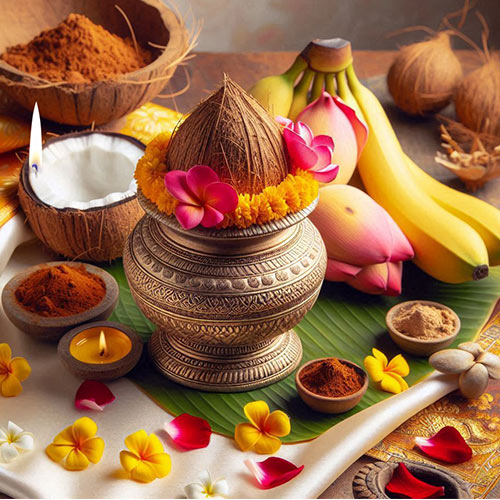
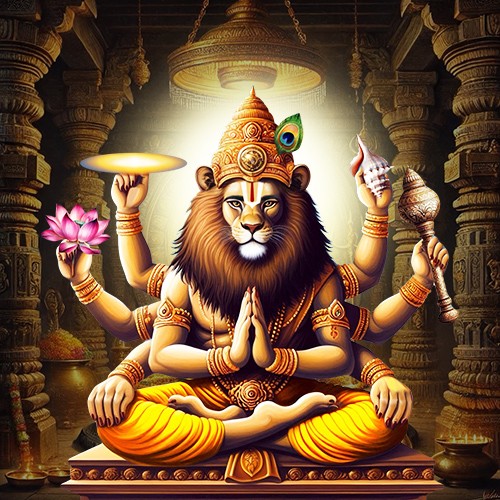
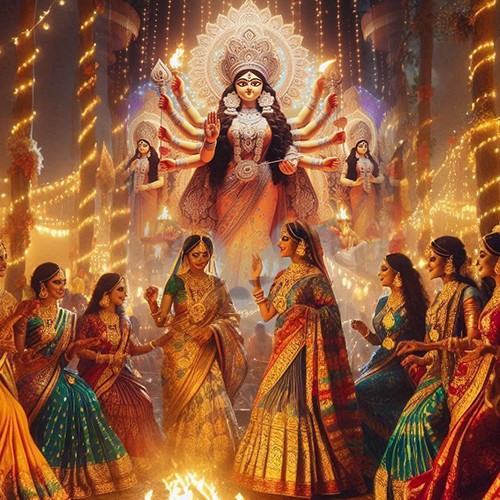
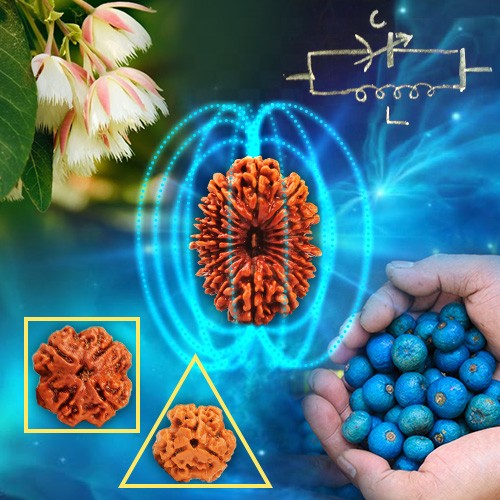

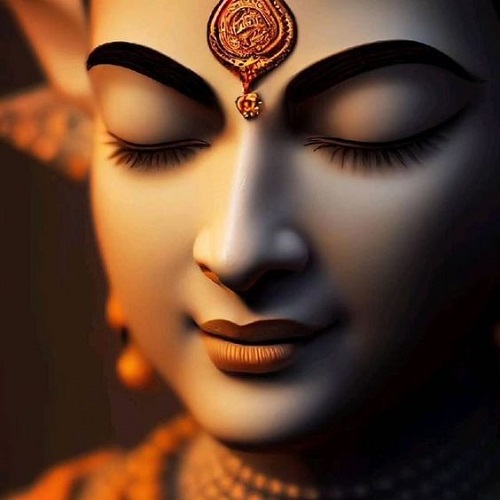
.jpg)
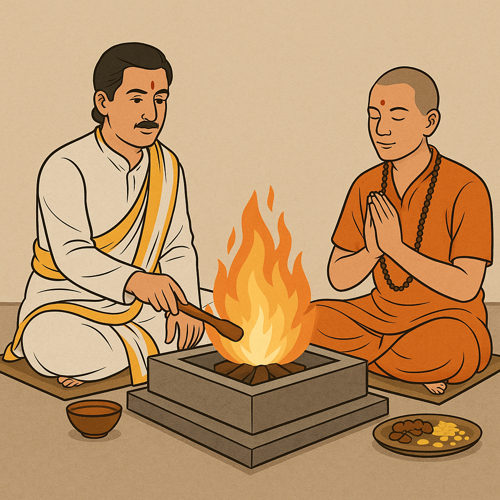
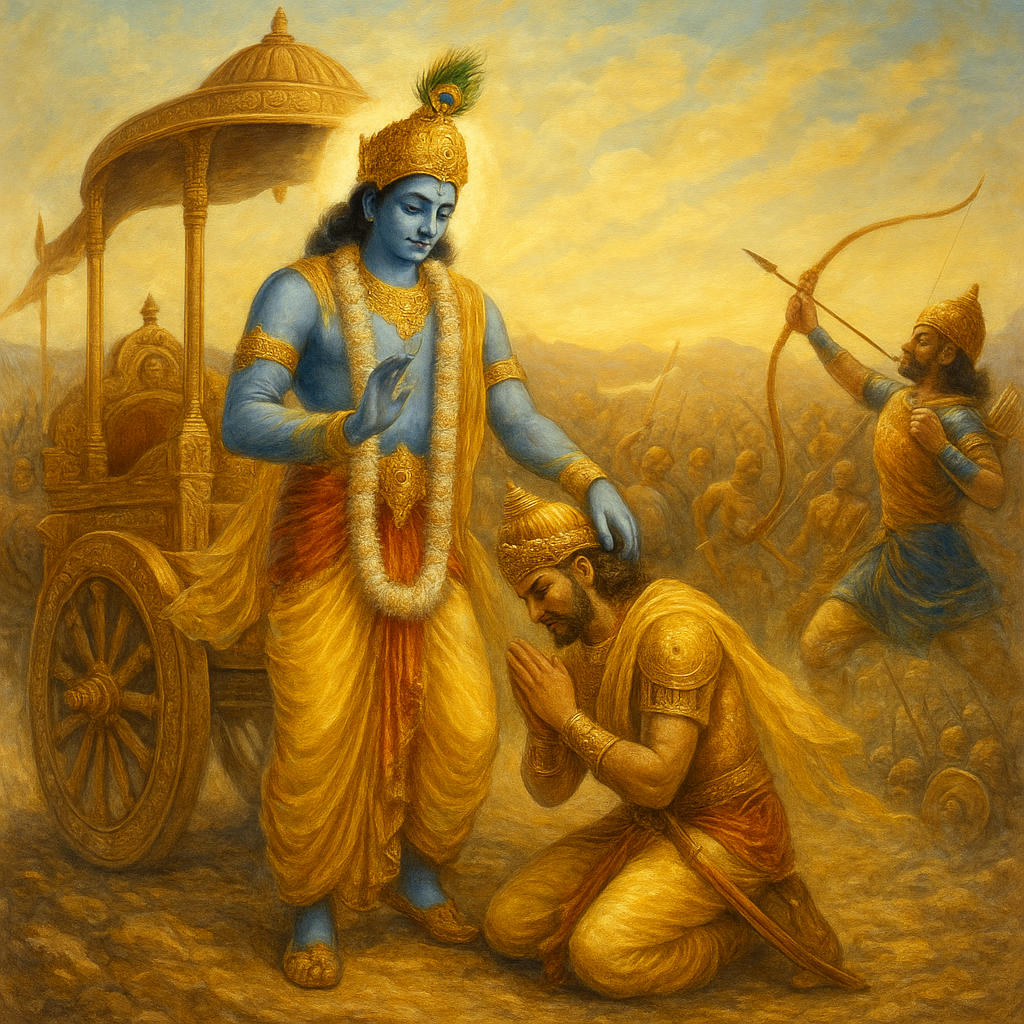
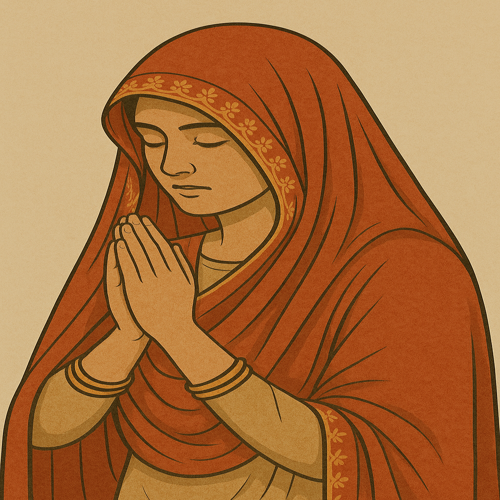
Comments 0
Leave your thought here